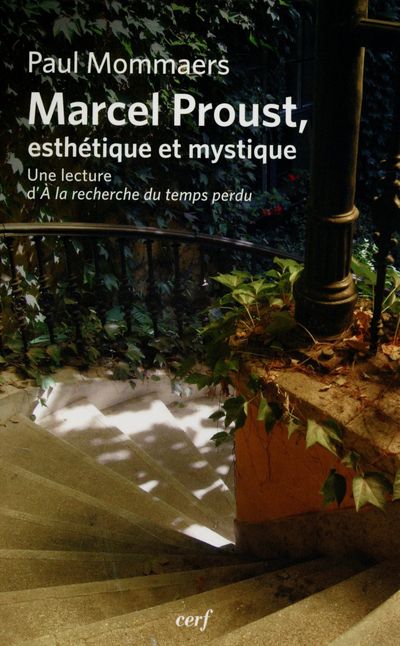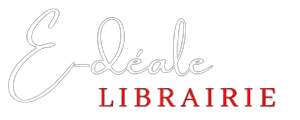Comment lire, ou peut-être relire " À la recherche du temps perdu " ? Écrivain qui écrit, Proust demande au lecteur d'aiguiser sa sensibilité sémantique, d'être sans relâche attentif aux variations comme aux permanences du lexique. On ne comprend son texte qu'en s'y attachant, en restant dedans. Pour bien lire cette œuvre, il s'agit donc de ne considérer que ce que dit le narrateur et de percevoir la façon dont il le dit. Nulle question de décrypter des pensées sous-jacentes à l'écriture, ni de vouloir y introduire des considérations spéculatives. Une lecture " esthétique " ne suffit pas. Certes, cette œuvre décrit la gestation d'une vocation d'écrivain et il expose, par intervalles, une théorie de l'art et de l'artiste véritable. Mais cet écrivain se caractérise par une prise de conscience extraordinaire : grâce à la " mémoire involontaire ", il s'éprouve un " moi " profond qui, réalité unique, intangible et stable, se situe au-delà de ses " mois " de surface variables. Or, cette expérience " sui generis " qui, se renouvelant à plusieurs reprises et allant souvent de pair avec la perception d'une réalité invisible habitant des choses sensibles, donne finalement à l'écrivain longtemps en herbe l'inspiration et la force de se mettre au travail. Selon " La Recherche ", l'œuvre littéraire authentique tire sa substance de quelque chose qui la précède. Et cette origine de l'esthétique est désignée régulièrement par un terme tout sauf esthétique : " réalité ". En sentant ce qui se donne à sentir dans le texte, le lecteur pourra pressentir à sa façon la " profondeur " au-delà de tout texte qui s'est ouverte au narrateur grâce à la " soumission à la réalité intérieure ". -- How should we read, or perhaps reread 'In Search of Lost Time'? As he writes, Proust invites readers to sharpen their semantic awareness, to be constantly attentive to lexical variations and consistency. You can only understand his texts if you enter and remain within them. To read his work properly, you must consider only what the narrator has to say, and observe how he says it. No question of decoding thoughts that linger between the lines, or introducing your own speculations. An 'aesthetic' interpretation is not enough. Of course, this work describes the gestation of a writer's vocation and reveals, intermittently, a theory of art and the authentic artist. But Proust is characterized by an extraordinary awareness: thanks to his 'involuntary memory', he feels a deep 'self', a unique reality, intangible and constant, beyond all variable, superficial 'selves'. However, this 'sui generis' experience, which renews itself several times and often goes hand in hand with the perception of an invisible reality inhabiting sensitive things, finally gives the author the inspiration and the force to get down to work. As written in 'In Search of Lost Time', the authentic literary creation draws its substance from something which precedes it. That same aesthetic origin is regularly designated by a term that is anything but aesthetic: 'reality'. By feeling what is there to be felt, the reader can sense the 'depth' beyond the text, which was laid open to the narrator through his 'submission to inner reality'.




